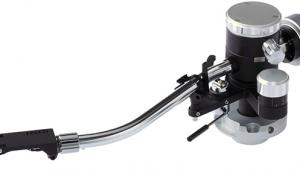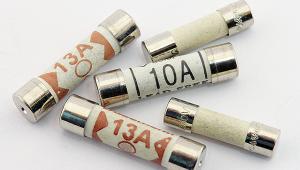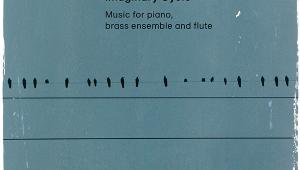System Audio Legend 7.2 Loudspeaker Boundary Gain
Loudspeaker designers down the decades have sought to get the mythical 'quart from a pint pot' and while some recent active, DSP-driven boxes from the likes of KEF [HFN Oct '17] and, indeed, System Audio [HFN Aug '21] have achieved improved bass extension by more sophisticated means, classic passive on-wall speakers can get away with (relatively) smaller cabinets. This is because they exploit the acoustical phenomenon of boundary gain, the 'mirroring' of a loudspeaker's low frequency output when placed up against a wall. Imagine this stereotypical wall really is a glass mirror and we can actually 'see' a reflection of the speaker behind... Now, provided the distance between the real and reflected loudspeakers is significantly less than the bass wavelengths being reproduced, their respective outputs are broadly in phase and constructive. Hence the boost. Textbook conditions predict a doubling of +3dB in sound power output or +6dB in SPL, numbers that increase to +9dB and +18dB, respectively, if the speaker is placed into a three-boundary corner.
There is no free lunch, of course... In practice the exact position of the on-wall speaker is critical in optimising the desired boundary reinforcement while also minimising the room's inevitable modal resonances. Moreover at higher bass frequencies where the 'distance' between the real and imaginary/ reflected loudspeaker becomes a significant fraction of the wavelengths being reproduced, the shift in relative phase will result in degrees of constructive and destructive output. As a result, the frequency response becomes uneven. PM




















































